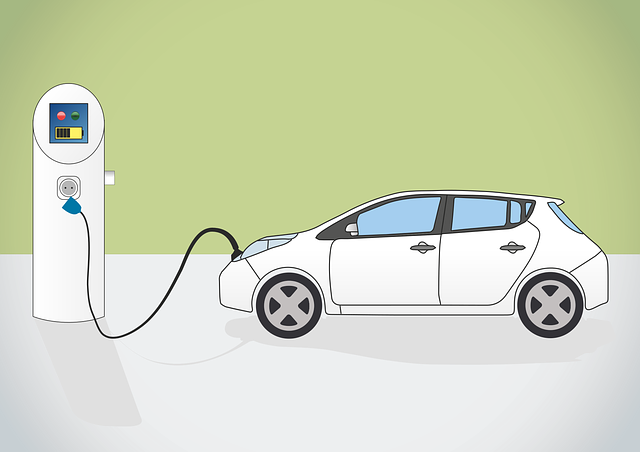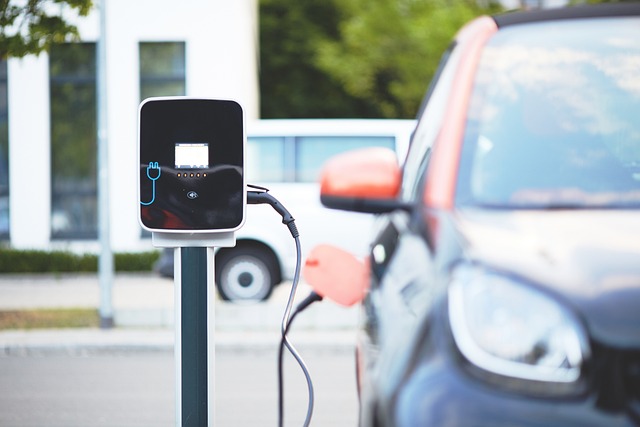Shipping electric vehicles (EVs) requires careful consideration of transport methods: enclosed for high-end models, offering protection from weather and damage, and open for cost-effective bulk shipping. Enclosed shipping is a sustainable solution minimizing environmental impact, route optimization, and damage risk. The growing demand for eco-friendly EV transportation drives this trend, promising a cleaner future with enclosed transport as a key contributor.
“In today’s automotive landscape, understanding the nuances of enclosed vs. open car transport is paramount, especially as we navigate the growing market of electric vehicles (EVs). This comprehensive guide delves into the intricacies of these two distinct shipping methods, highlighting their unique advantages and considerations for transporting EVs safely and efficiently. From environmental impact to future trends, this article offers an in-depth look at how each approach shapes the car transportation industry.”
- Understanding Enclosed and Open Car Transport: A Comprehensive Overview
- Shipping Electric Vehicles: Advantages and Considerations for Each Method
- Environmental Impact and Future Trends in Car Transportation
Understanding Enclosed and Open Car Transport: A Comprehensive Overview

Enclosed car transport refers to methods that shield vehicles from external elements during transit, offering a secure and protected journey for cars, especially those considered vulnerable or high-end. This option is ideal for shipping electric vehicles (EVs) due to their delicate nature and advanced technology. Open transport, on the other hand, involves exposing the vehicle to the outdoors, which can be suitable for more robust or standard models that don’t require the same level of protection as EVs.
When considering shipping EVs, enclosed transport ensures they’re shielded from extreme weather conditions, potential physical damage during transit, and curious onlookers. This method provides peace of mind and safeguards the vehicle’s sensitive components and battery systems. Open transport, while offering a more cost-effective option, is better suited for traditional cars with simpler mechanical structures that are less susceptible to environmental factors.
Shipping Electric Vehicles: Advantages and Considerations for Each Method

When it comes to shipping electric vehicles (EVs), both enclosed and open transport options have their unique advantages and considerations. Enclosed carriers provide a secure, weatherproof environment, ideal for protecting high-value or specialized EVs from potential damage during transit. This method is particularly beneficial for exotic or limited-edition models with intricate interior designs and advanced technology. Moreover, enclosed transport offers added protection against theft, vandalism, or environmental factors like dust and debris, ensuring the vehicle’s condition remains pristine.
On the other hand, open transport allows for more exposure to the elements but is cost-effective for bulk shipping of EVs. This method is commonly used for standard models in large quantities, where individual aesthetics are less of a concern. Open carriers can accommodate more vehicles per load, making them efficient for meeting high demand. Additionally, transparency during transit offers peace of mind for owners who want to monitor their vehicle’s condition, although it may expose the EV to potential weather-related hazards or physical damage from road debris.
Environmental Impact and Future Trends in Car Transportation

The environmental impact of car transportation is a growing concern, driving innovation in how we move vehicles. Traditional open transport methods contribute to air pollution and carbon emissions, highlighting the need for greener alternatives. Enclosed shipping offers a more sustainable solution by reducing exposure to elements, minimizing damage during transit, and allowing for efficient routing.
Looking ahead, the rise of electric vehicle (EV) shipping is a significant trend shaping the future of car transportation. As global efforts to combat climate change intensify, the demand for eco-friendly transport options for EVs is on the rise. This shift towards sustainability promises a cleaner, more sustainable mobile future, where enclosed transport methods will play a pivotal role in reducing environmental impact and ensuring efficient, secure EV movement.
In conclusion, the choice between enclosed and open car transport depends on specific needs. For optimal protection and weatherproofing, enclosed transport is ideal, especially for high-value or specialized vehicles. Conversely, open transport offers cost-effectiveness and accessibility, making it suitable for standard cars and bulk shipments. As we move towards an electric vehicle (EV) revolution, understanding the unique advantages and considerations of each method is crucial. EV shipping methods must adapt to accommodate the specific needs of these advanced vehicles while minimizing environmental impact. By exploring these options, car transport industries can contribute to a sustainable future in transportation.
